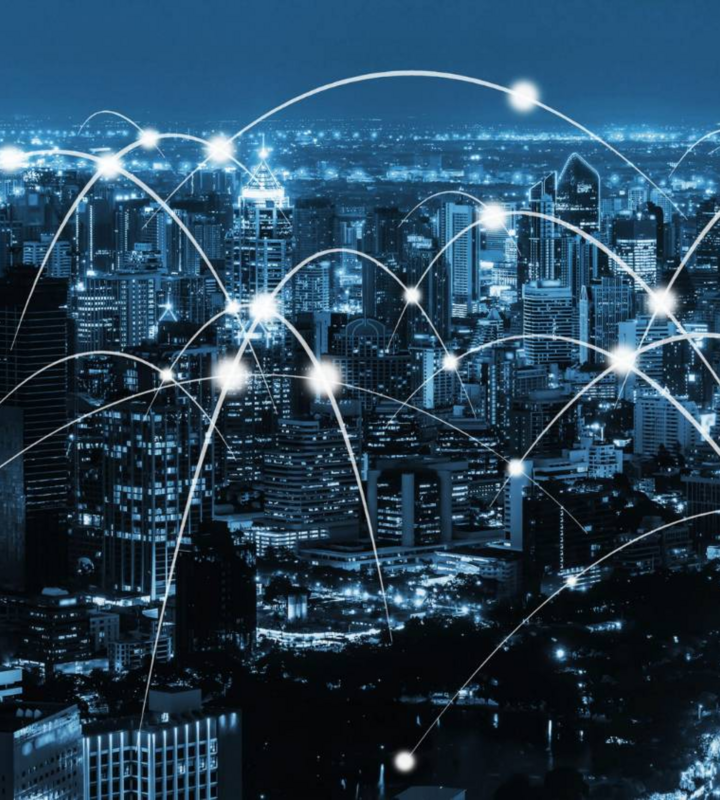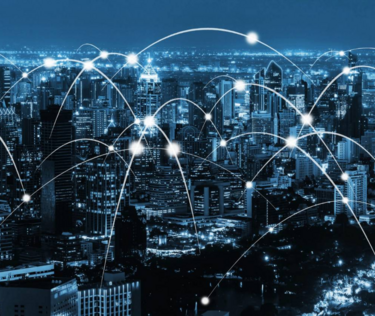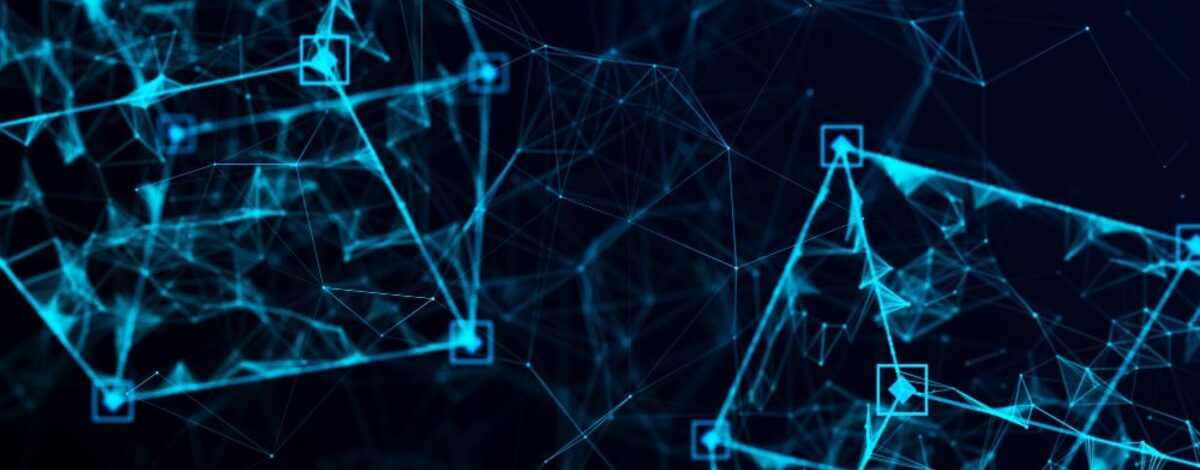Smart Grid


Smart Grid 2.0
Internet-connected power grids enable real-time energy optimization and provide foundations for an advanced Smart Grid with Internet-of-Energy and Big Data applications.
Advanced Distribution Management Systems (ADMSs) favour decentralized distributed energy resources (DERs) and enable the emergence of new market actors and multi-agent systems, such as Virtual Power Plants and Energy Communities.
The synergy of these paradigms leads to a Transactive Smart Grid which can become autonomous, highly reliable with increased overall system stability, and can provide ancillary services in the system.


Let’s help the Power System
Variable load, volatile production from some renewable sources and the emergence of a new type of producer/consumer – prosumer – leads to the need for balancing and stabilizing the power system.
Energy infrastructure is often under-utilized or utilized in a highly variable pattern. Such utilization leads to a reduction in lifetime and an increase in power losses. The existing Demand Response program has its limitations that can only be solved by implementing hybrid solutions merged by the experience from multiple technical and scientific areas.

Smart Grid Element – a building block of the integrated energy system
The Smart Grid Element (SGE) is a concept that takes the Demand Response paradigm and enables it for all the participants in the power system - from energy producers, transmission system operators, distribution system operators to all types of end-users. The Smart Grid Element can be observed as a Demand Response Element that benefits everyone: it reduces the impact on consumer behaviour, energy suppliers have less worrying about volatilities, and finally,
system operators can plan operating conditions more accurately and increase the reliability and stability of the system. SGE helps you increase the energy efficiency of the system by converting losses into revenue while helping the network and operators.


Information Security of Internet-of-Energy
Cyber Security of Critical Energy Infrastructure represents a contemporary challenge of modern Power systems. Although Advanced Metering and Intelligent Electronic Devices contribute to State Estimation in the Power system, increased levels of communication and real-time information exchanges lead to a weakening of cybersecurity levels. Additionally, spatial dispersion and the unpredictable occurrence of individual renewable DERs constitute a challenge that cannot be solved without deep knowledge of network topology.
The limitations of advanced control algorithms are difficult to address without dedicated hardware that empowers their performance.
Real-time communication in an integrated energy system is an ideal place for the implementation of Blockchain technology in its fullest extent.






